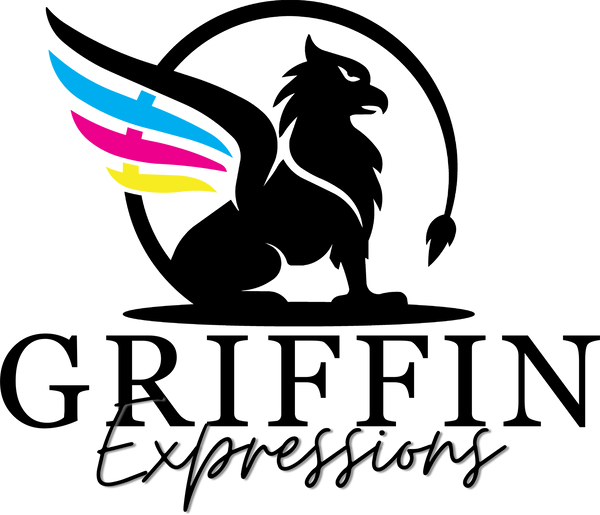
Common Mistakes to Avoid with DTF Transfers
Share
Common Mistakes to Avoid with DTF Transfers
Direct-to-Film (DTF) transfers are revolutionizing the custom printing industry, offering a versatile and efficient way to create stunning designs on various fabrics. However, like any printing method, DTF transfers come with their own set of challenges. To ensure you achieve the best results with your custom DTF prints, it’s crucial to avoid common mistakes. In this blog, we’ll explore these mistakes and provide tips on how to avoid them.
- Incorrect Temperature and Pressure Settings
One of the most common mistakes in DTF pressing is using incorrect temperature and pressure settings. Each type of fabric and transfer film has specific requirements. Applying too much or too little heat and pressure can result in poor adhesion or even damage the material.
Tip: Always refer to the pressing instructions found HERE. Every heat press is different so we recommend you conduct a few test presses to help fine-tune these settings. Every order provided from Griffin Expressions comes with a 4 inch sample DTF print to test on your heat press.
- Improper Storage of Transfer Films
DTF transfer films are sensitive to environmental conditions. Storing them in a humid or excessively dry environment can affect their performance. Humidity can cause the films to stick together and become oily, while dryness can make them brittle.
Tip: Store your DTF transfer films in a cool, dry place. Use airtight containers or resealable bags to maintain optimal conditions and extend the shelf life of your films. We include a moisture pack with every order. Hold on to this when storing your heat transfers.
- Poor Design Preparation
Design preparation is key to achieving high-quality custom DTF transfers. Low-resolution images or designs with intricate details that aren’t properly prepared can lead to unsatisfactory prints.
Tip: Use high-resolution images (at least 300 DPI) and ensure your designs are properly optimized for DTF printing. You can also try out our Auto Gang Sheet Builder that will alert you when you have low resolution images. Simplify intricate designs and ensure all elements are clear and crisp. Keep in mind that pencil line thin designs will not transfer.
- Neglecting to Prep Fabrics
While DTF printing generally requires less pre-treatment than other methods, neglecting this step can result in poor adhesion and durability of the print.
Tip: Clean and pre-treat your fabrics as needed. Removing any lint or contaminants ensures better adhesion and a smoother finish for your custom DTF transfer. Always pre-press your fabric to remove moisture and to ensure a flat pressing surface.
- Ordering High Quality
Ordering your DTF heat transfers from a reputable supplier like Griffin Expression is crucial to ensure the best results. A reliable supplier provides high-quality transfer films, inks, and other materials that are essential for producing vibrant, durable prints. They also offer consistent product quality and reliable customer support. By choosing a trusted supplier, like Griffin Expressions you will achieve superior print quality, and ultimately, satisfy your customers with exceptional custom DTF prints.
In Conclusion
Avoiding these common mistakes will help you achieve high-quality, durable custom DTF prints. By paying attention to temperature settings, storage conditions, design preparation, and ordering from Griffin Expressions you can optimize your DTF transfer process and produce stunning results every time.
For more tips and detailed guides on DTF, be sure to explore our other blog posts and resources.
If you are local to the Jacksonville, FL area come see us at our store front where you can explore our large selection of DTF prints for you to purchase while in store.
We are located at 1580 Wells Rd. Orange Park, FL 32073
DTF prints, DTF transfer, custom DTF print, custom DTF transfer
